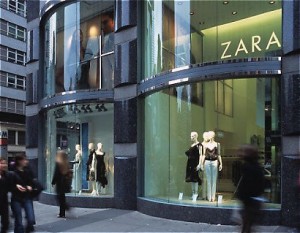Last night I took a taxi and was shocked by how expensive my five minute trip was. Forbes article, “How Taxi Companies Rip Off Their Drivers” busts the myth that taxi drivers make a good wage. The article states that the only on special circumstances such as in a hurricane do taxi drivers make a fair amount of money for the hours they put in. Most taxi drivers have twelve hour days and barely make the minimum wage. Taxis nowadays accept credit cards but surprisingly there is a difference if you pay by cash or credit. When a cab driver is paid by credit card, part of their earnings (up to 10%) is taken by the cab company and then forwarded to the credit card company. They also often do not see their money for weeks. Alvin Narine, a cab driver in Boston makes on average $8.30 an hour for driving his cab. Cab companies stay in business while paying these minimal wages because their workers are immigrants who are happy to have a job. This article concludes by saying that cab drivers should hire legal council and bargain for fairer payment methods.
This article is a very good example of how workers can be mistreated and taken advantage of even in very public businesses. This is a problem that should be dealt with by Human Resources in taxi companies. In Comm 101 class 16 we learned about organizational culture in companies such as Zappos. Organizational culture covers everything from how employers are treated to the atmosphere of the office environment, companies such as Zappos or Grey Advertising, a company I did work experience for in high school, have a more relaxed and involved culture in the office compared to cab companies. In cab companies, workers work alone and are not in a normal office environment which can lead to issues such as the cab driver wage fraud. It will be interesting to see what happens with cab companies in the future.







